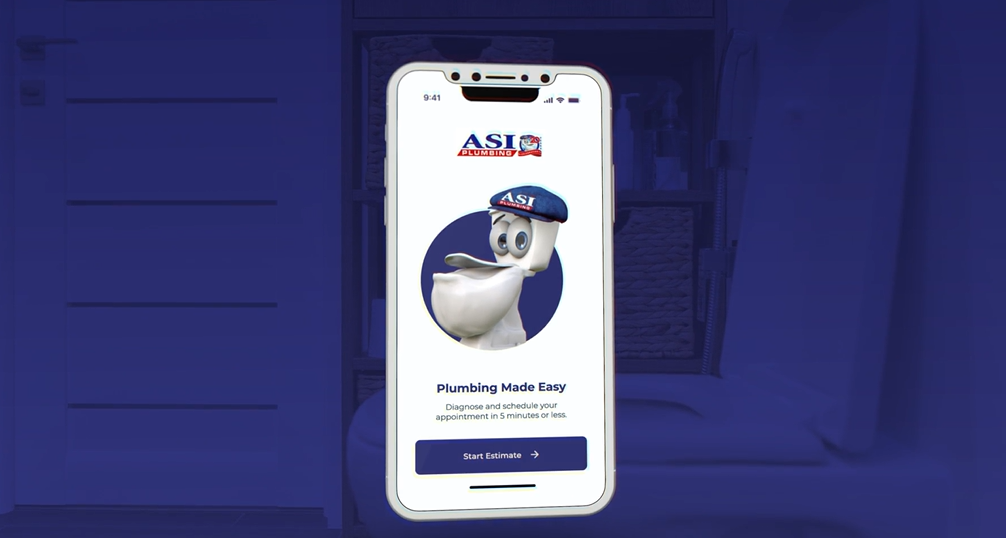Animation
The Ultimate Guide to Animation Styles

Animation is a versatile tool that can bring any story to life. Whether you're an agency or a marketing director looking to create engaging content, understanding the different animation styles can help you choose the best approach for your project. Here's a comprehensive guide to the most popular animation styles and where they shine.
Traditional Animation
Overview
Traditional animation, often called hand-drawn animation, is the oldest form of animation. Artists create individual frames by hand, which are then compiled to create fluid motion.
Best For
- Nostalgic or classic themes
- Projects requiring intricate, detailed artwork
- Storytelling with a timeless feel
Examples
- Disney's "Snow White and the Seven Dwarfs"
- Studio Ghibli films like "Spirited Away"
2D Animation
Overview
2D animation involves creating characters, backgrounds, and scenes in a two-dimensional space. It's often used for cartoons, explainer videos, and advertisements.
Best For
- Simple, straightforward storytelling
- Projects with tight budgets and timelines
- Educational content and tutorials
Examples
- TV shows like "The Simpsons"
- Explainer videos
3D Animation
Overview
3D animation creates lifelike characters and environments within three-dimensional space. It offers a high level of realism and is widely used in film, video games, and virtual reality.
Best For
- High-budget films and commercials
- Video games and VR experiences
- Projects requiring realistic visuals
Examples
- Pixar films like "Toy Story"
- Video games like "Fortnite"
Motion Graphics
Overview
Motion graphics focus on moving graphic elements like text, shapes, and images. It's often used for title sequences, promotional videos, and infographics.
Best For
- Corporate presentations and pitches
- Data visualization and infographics
- Brand identity and logo animations
Examples
- Film title sequences
- Animated infographics
Stop Motion Animation
Overview
Stop motion animation involves photographing objects frame by frame, with slight adjustments between each shot. The frames are then played in sequence to create movement.
Best For
- Quirky, unique visual styles
- Projects that benefit from tangible, handmade aesthetics
- Artistic and experimental storytelling
Examples
- Aardman Animations' "Wallace & Gromit"
- Wes Anderson's "Fantastic Mr. Fox"
Whiteboard Animation
Overview
Whiteboard animation simulates someone drawing on a whiteboard in real-time. It's an effective way to explain complex ideas in a simple, engaging manner.
Best For
- Educational and instructional content
- Explaining complex processes or concepts
- Marketing and sales presentations
Examples
- Educational YouTube channels
- Business explainer videos
Cutout Animation
Overview
Cutout animation involves creating characters and scenes using flat materials like paper or fabric. It's similar to traditional animation but uses cut-out shapes instead of drawings.
Best For
- Projects with a unique, handmade aesthetic
- Children’s content and educational videos
- Short, simple narratives
Examples
- "South Park"
- Various children's TV shows
Rotoscoping
Overview
Rotoscoping is a technique where animators trace over live-action footage frame by frame. This creates a realistic motion while maintaining an animated look.
Best For
- Projects requiring realistic movement
- Artistic and experimental films
- Music videos and art installations
Examples
- "A Scanner Darkly" by Richard Linklater
- Music videos like "Take On Me" by a-ha
Conclusion
Choosing the right animation style is crucial to the success of your project. Whether you need the realism of 3D animation or the simplicity of 2D animation, understanding your options will help you make an informed decision.
Ready to bring your story to life? Contact us today to discuss how we can help you create captivating animations tailored to your needs.
---
This blog post is designed to provide agencies and marketing directors with a comprehensive understanding of various animation styles. By highlighting the unique strengths and best use cases for each style, you can make more informed decisions for your next project. If you have any questions or want to start a project, don’t hesitate to reach out to our team.





.jpg)








